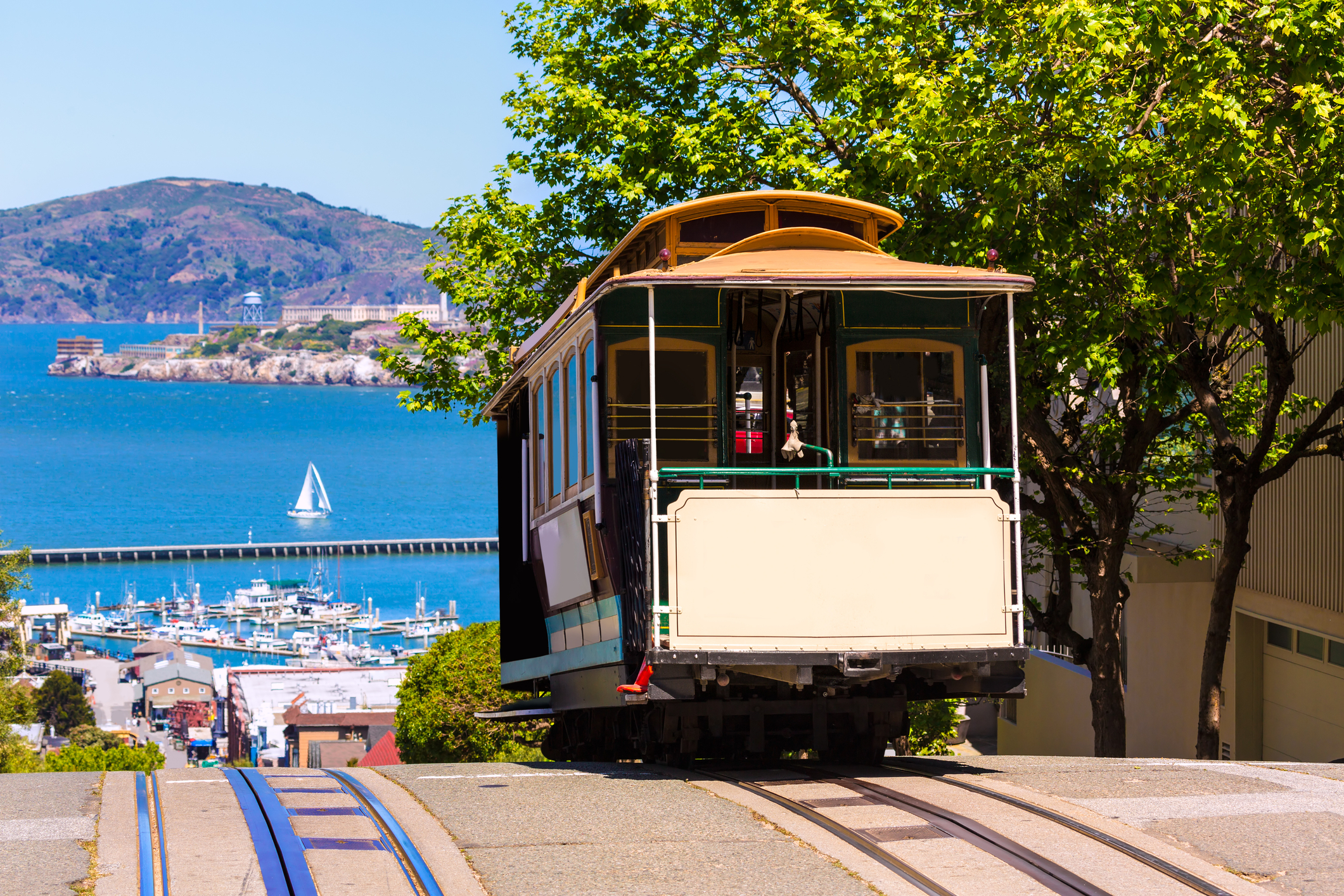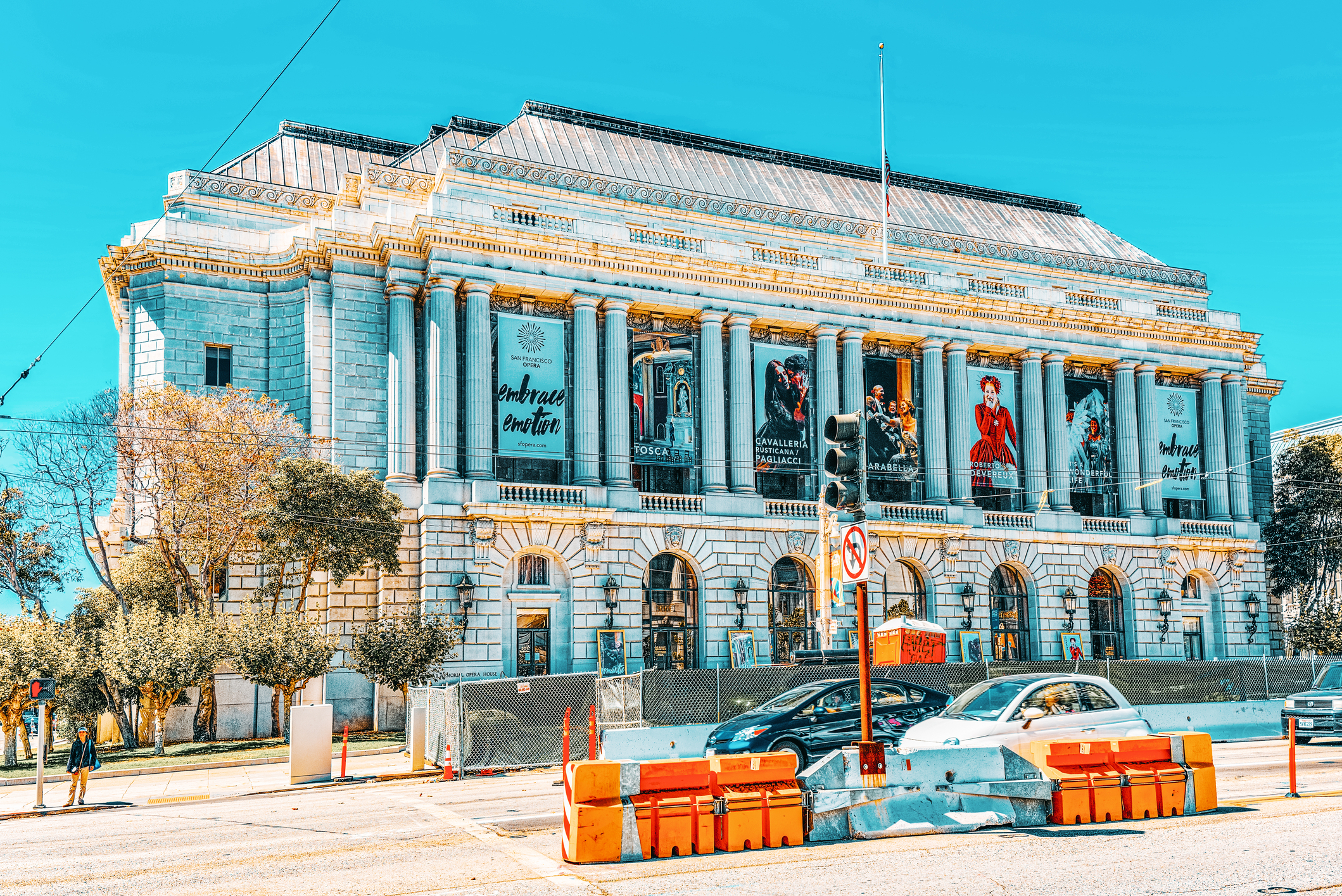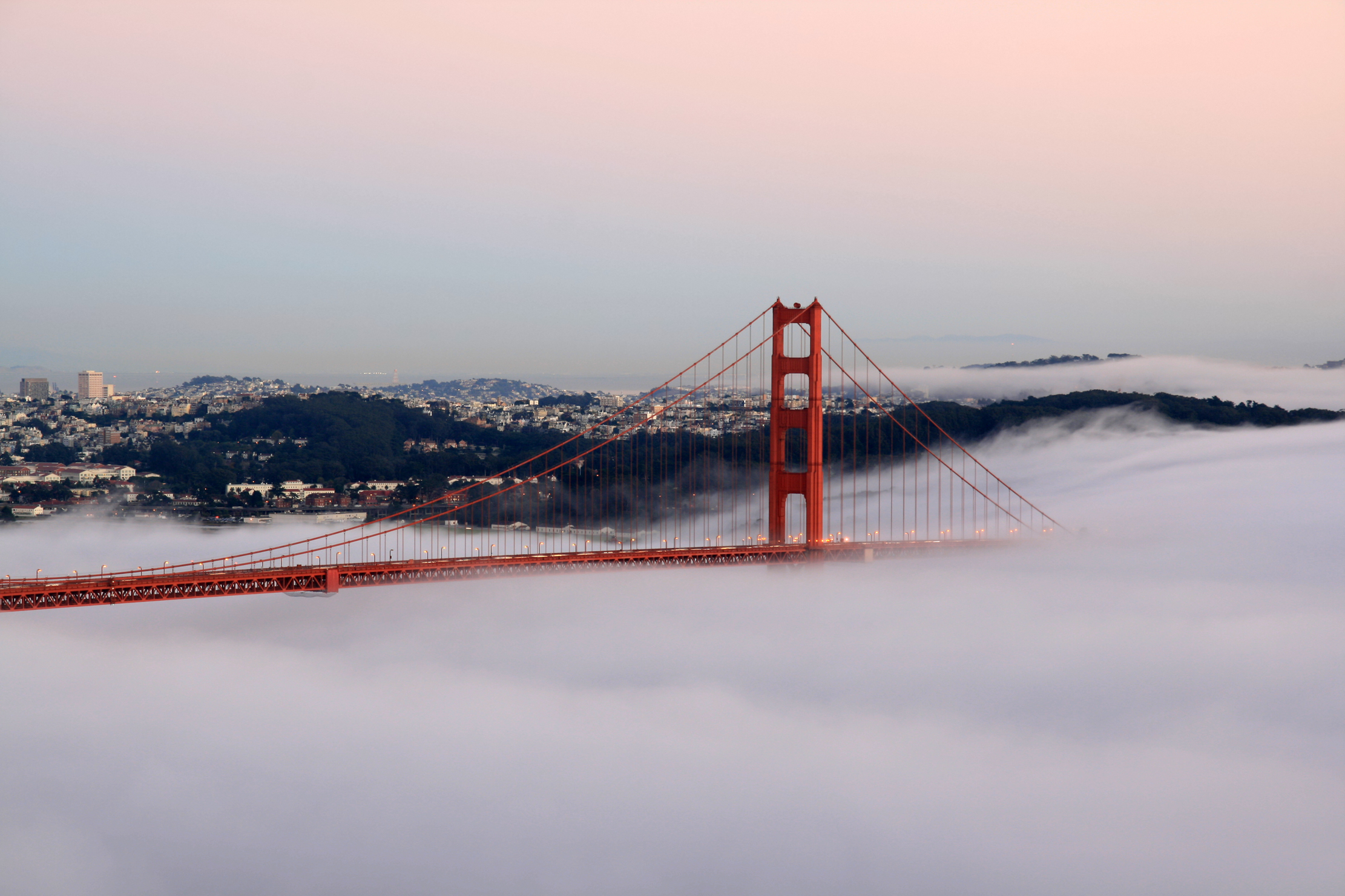This question is at the heart of a very live debate taking place in San Francisco today, as the city goes through what some would like to call a wave of “creative destruction”, unleashed by the tech boom that has made the city a northern outpost of Silicon Valley. Others find little to call creative in the local impacts of this dizzying spike in economic growth.
What is undeniable is that rents have soared and many long-term residents have been pushed out of the city, where a dramatic demographic shift is taking place. Young, well-paid, high-tech professionals are moving into apartments that previously housed renters of more modest means, including many artists, teachers, small business owners, and the elderly.
At the same time, over 100 major construction projects are underway – more than at any other time since the Great Earthquake and fire of 1906. These are largely a mix of commercial office and luxury high-rise residential buildings, and will change the visible as well as the social face of the city within the coming decade.
Who gets to live here? San Francisco journalist David Talbot contends that this question has been at the heart of the city’s civic battles throughout its history. The building of Italian North Beach, in the years following the 1906 quake, offers one response from a different time, and a particular community.
The Italian character of North Beach is more than the skin deep of signs and storefronts, more than superficial features on a substructure inherited from others. Uniquely among Italian quarters, nearly every visible structure in North Beach today – the houses, churches, parks, shops, social halls, and commercial buildings – was originally built by the Italian community, from the ground up. This took place in the wake of the 1906 earthquake and fire. The North Beach that burned to the ground was an ethnically diverse, working class “Latin Quarter”, so called for its mix of Italian, French, Spanish, and Portuguese residents. The neighborhood that was rebuilt was solidly Italian.
In one short decade, between 1906 and 1915, North Beach rose from the ashes, the first quarter in the city to completely rebuild. Who got to live in the newly rebuilt North Beach? From the beginning, new development was inclusive of families of different means and situations, from working to middle class.
The community’s better-off property owners built gracious bay windowed flats of 2-3 stories. Each flat had its own entrance from the street. Marble-faced exterior stairs and walls, and bay windows, especially round ones, were a sign of luxury and status. The fronts received adornment of various forms, from pillars to brackets, frequently of the owner’s or builder’s own invention, with a whiff of the Italian Renaissance and a definite exuberance about them.
Residents of more modest means could choose from a variety of correspondingly more modest quarters in the same neighborhood. In the alley streets behind or bisecting the main streets, individuals built homes with plainer features, often designed to serve as inexpensive rental properties. No bay windows here, and marble facing was a rarity. Another option for lower income renters was apartment buildings of up to 3 stories, the “Romeo flats”, so-called for their balcony-style landings on the common central staircase and leading to each unit. These were on the main streets too, next to the more luxurious flats.
For the poorest families of the district, newly built two-story tenements provided very simple affordable housing. Lastly, there was the rooming house, designed for the single laborer or the new immigrant arriving without a family. In the aftermath of the quake, several of these were built to house single skilled workers needed for the rebuilding. The New California Hotel, still operating today as the Hotel San Remo, was built by A.P. Giannini for this purpose. In later years, it housed skilled single workers from the nearby Del Monte cannery and the Ghirardelli chocolate factory.
After World War II, the Italian families that had built North Beach began to move out in large numbers. The neighborhood became known for having some of the cheapest rents in the city, and many students, artists, and writers made their homes here.
Today, North Beach ranks near the top of San Francisco’s most desirable neighborhoods. In 2007, it won the distinction of being proclaimed by the American Planning Association, one of the “10 Great Neighborhoods in America”. The quarter’s harmony of scale and architectural style, combined with the rich mix of arts and ethnic cultures — not to mention restaurants — has made it especially attractive to the new wave of young, well-paid professionals who, with their ability to pay much higher rents, are creating a very different answer to the question, “who gets to live here?”
Elizabeth Vasile is a historical geographer. She helps communities and institutions build cultural heritage programs, and writes about the changing cultural landscape.
































